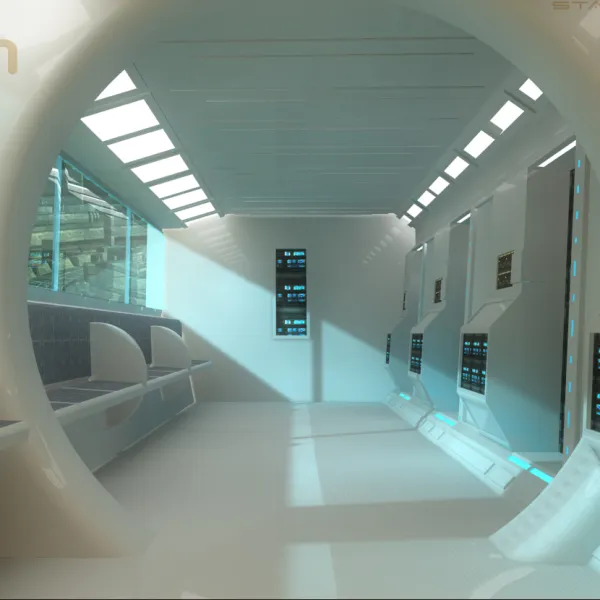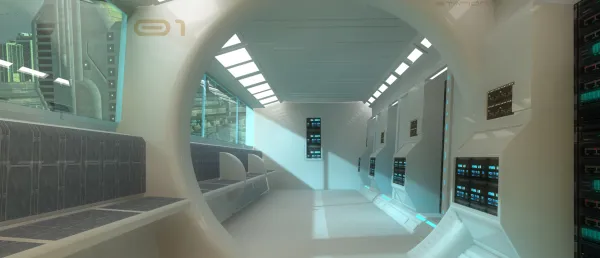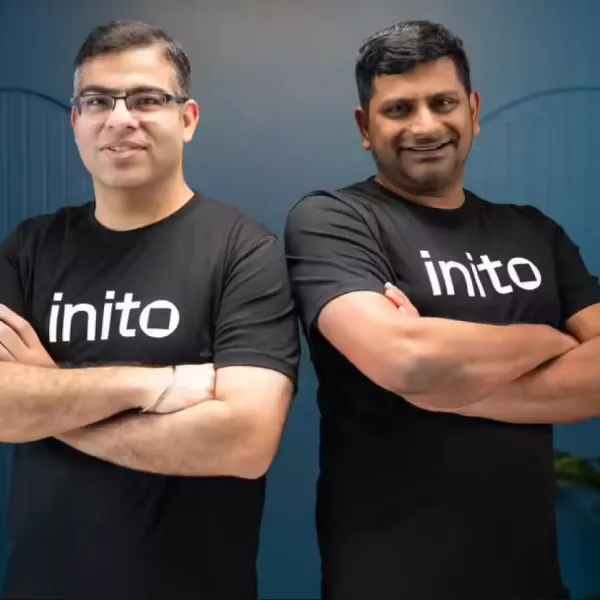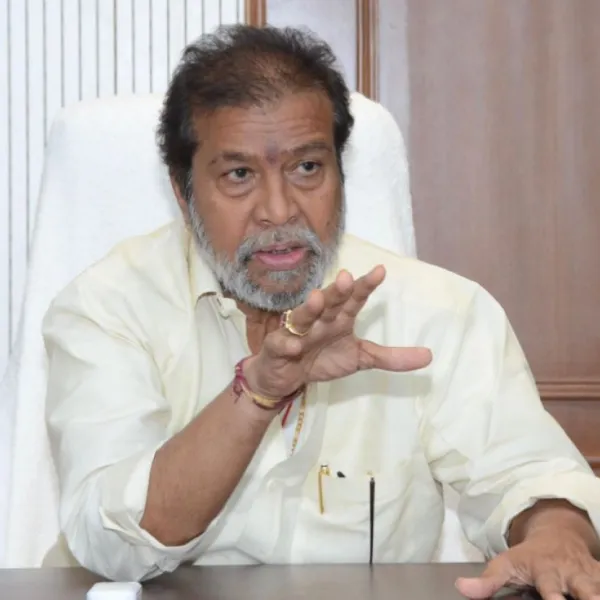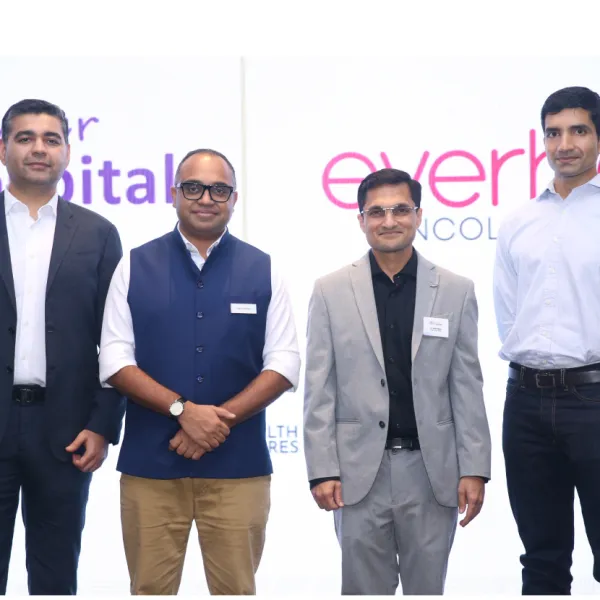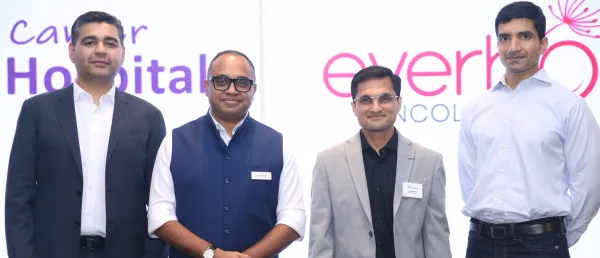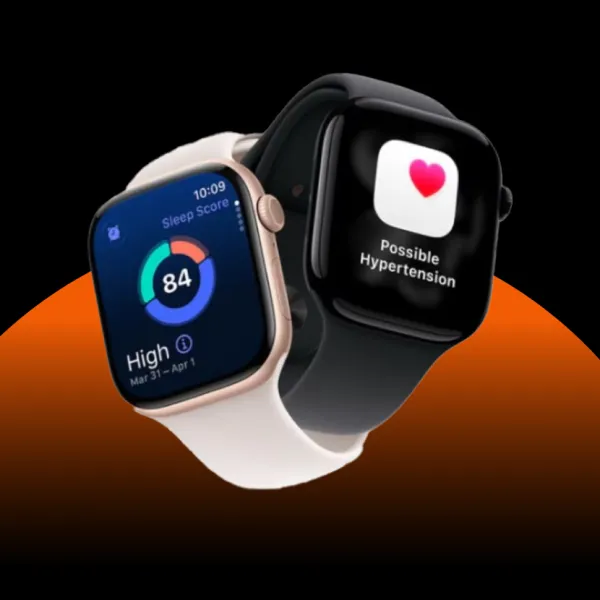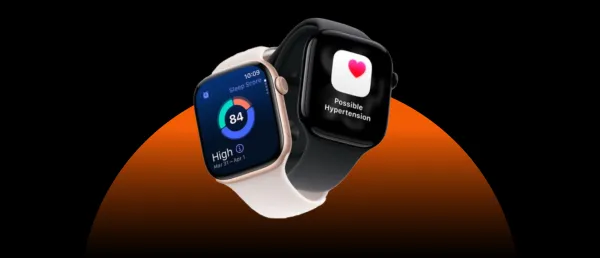Qure.ai’s AI Tool Flags TB Cases at Maha Kumbh Mela 2025

Moreover, this incidental screening method is expected to help detect hundreds of TB cases, directly contributing to the Government of India’s 100-Day TB Challenge and its broader goal of eliminating TB by 2025.
The Maha Kumbh Mela 2025, one of the world’s largest religious gatherings, recently concluded, drawing millions of pilgrims over six weeks. Amid the vast crowds and complex public health demands, Qure.ai deployed its artificial intelligence (AI)-enabled chest X-ray interpretation tool, qXR, to support medical efforts at the event.
The AI solution was operational at the Central Hospital in Sector 2—the main medical facility dedicated to handling immediate healthcare needs of the pilgrims.
Designed for quick triaging and TB surveillance, qXR analyzed chest X-rays in real-time, automatically flagging abnormalities and identifying potential TB cases, even when the X-ray was conducted for unrelated reasons.
Since its deployment, the system has flagged 36.22% of analyzed chest X-rays as abnormal, with 12% of those showing presumptive signs of TB.
Moreover, this incidental screening method is expected to help detect hundreds of TB cases, directly contributing to the Government of India’s 100-Day TB Challenge and its broader goal of eliminating TB by 2025.
Managing public health at the Kumbh Mela is a complex task, with over 50 crore attendees over the event’s duration. The integration of AI into the healthcare infrastructure allowed for efficient, large-scale disease surveillance and quicker interventions in such a high-density setting.
Commenting on the initiative, Dr Arun Kumar Tiwari, Chief Medical Officer, Prayagraj, said, "The AI system has provided timely and reliable support in our TB screening efforts. Given the high volume of patients at the Kumbh, the technology has significantly enhanced our ability to prioritize individuals who need further diagnostic evaluation and treatment. This is the first time AI is being used for TB surveillance at a mass gathering of this scale through an incidental screening model. In a gathering like the Kumbh, AI ensures every chest X-ray is screened for TB, enabling early intervention and breaking the chain of transmission.”
A Scalable Model for Public Health Surveillance
Beyond TB screening, Qure.ai’s deployment serves as a model for how AI can support public health at scale.
"Mass gatherings like the Maha Kumbh present both an opportunity and a responsibility for public health interventions. Just as surveillance cameras are being used for crowd management and security, AI-driven solutions like qXR are ensuring that healthcare keeps pace with the scale and complexity of the event. The deployment of qXR at the Maha Kumbh is not merely a technology showcase—it’s a scalable model for large-scale TB surveillance. It offers a blueprint for state governments to strengthen their public health systems by incorporating AI for real-time, community-based TB screening, especially in high-risk, high-density settings,'' Prashant Warier, CEO and Co-founder of Qure.ai, added.
India continues to bear the highest global burden of tuberculosis, with early diagnosis being critical to controlling its spread. The use of AI-driven tools like qXR helps expand diagnostic capacity, reduces the strain on radiologists, and allows for faster identification of high-risk cases.
Stay tuned for more such updates on Digital Health News





